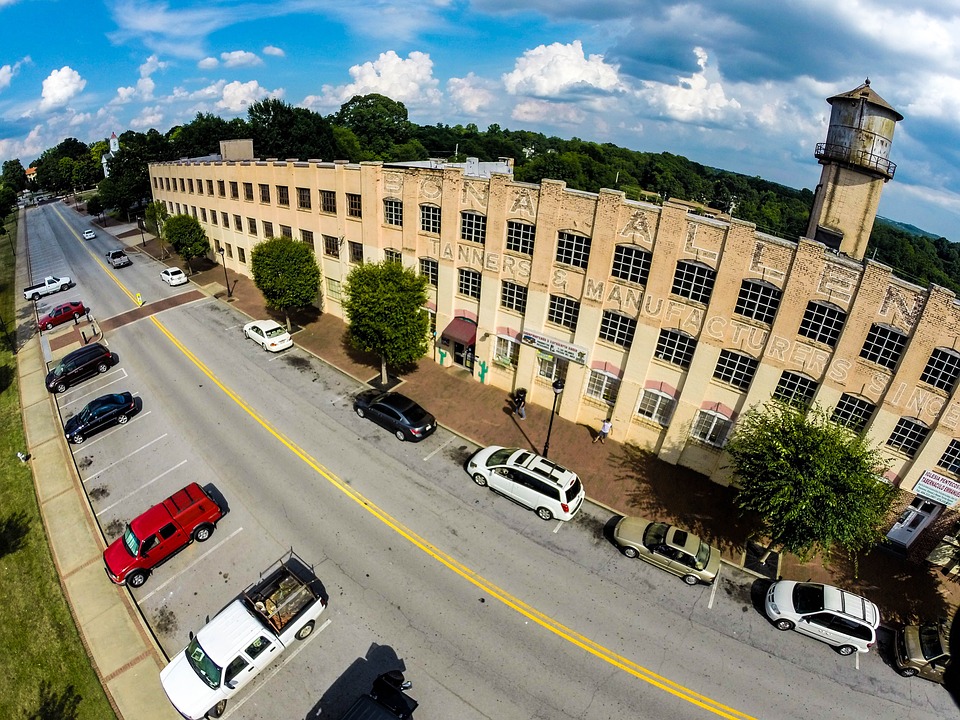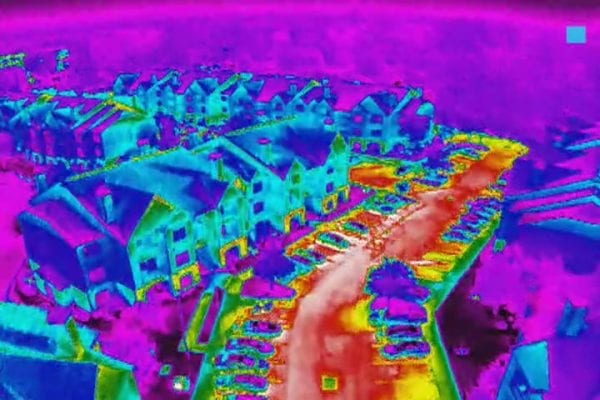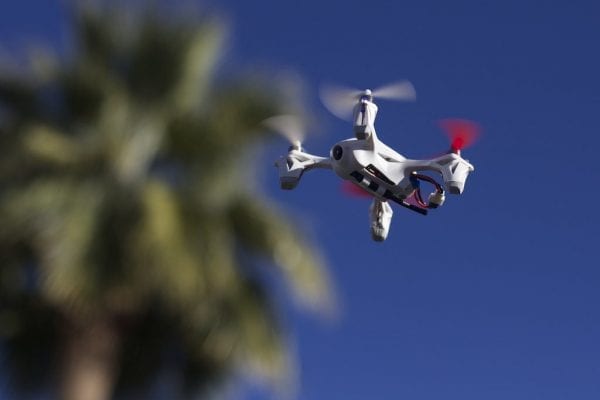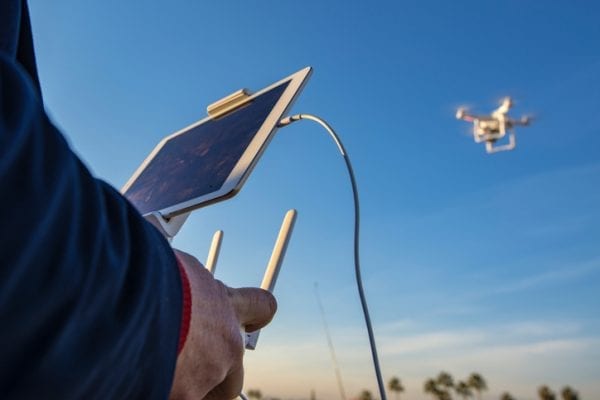Unmanned Aerial Vehicles (UAVs), popularly known as drones, have become all the rage for photographers, and everyone knows they’re more reliable than the post office when it comes to delivering packages. But did you know that drones are getting set to solve some of your stickiest property management issues too? Here are six of the biggest ones.
One: Cost of Surveying and Mapping
Surveying and mapping a property for potential investment can contribute significantly to the cost of purchase and development. GIS and other technologies have lowered this number over the years, but a large or remote property can still require significant outlay just to discover whether the intended use is viable, let alone to map the developable area in a useful way.
Drones make these essential tasks faster and easier, especially on large tracts. Additionally, infrared imaging in combination with a drone can help potential landowners understand lay of the land’s groundwater, which can eliminate unpleasant post-purchase surprises. Combined with the right technologies, drone imagery can be converted to 3D models that allow sophisticated planning to occur at a fraction of the traditional cost.
Two: Lack of Transparency During Construction
Whether a property is under development for the first time or undergoing renovations, the property owner is frequently left in the dark regarding day-to-day progress of the project. This can be a source of frustration and worry. Worse, contractors will sometimes mask issues that arise, leading to a situation where the owner only finds out when the problem has reached catastrophic proportions. In other cases, mistakes and quality issues may be covered up and only discovered after the construction project is complete.
Drones can be employed to provide real-time visual progress updates during the construction phase. This provides information to the contractor, in order to catch mistakes sooner, and transparency to the property owner, for the peace of mind of knowing that everything is proceeding as it should.
Three: Time-Consuming Inspections
Unless you enjoy donning a hard hat and trudging through a busy job site, periodic site inspections can be a pain. And when you’re juggling multiple investments, it can take up time you don’t have to spare. The real-time transparency promised by drones can take the dust and noise out of inspections, allowing them to be completed quickly, efficiently, and at any level of detail desired. They also make it easier for the contractor and superintendent to check in on subcontractors, which can lower bottom line costs.
Four: Escalating Construction Costs
Materials and labor costs continue to rise across the country. Meanwhile, environmental, code, and regulatory requirements increase almost every year, contributing to an ever-rising cost of construction. While UAVs may not have an impact on materials expense, they do have the potential to significantly lower overall construction costs in several other ways:
- Improving job safety. Drone imagery can be used to enforce compliance with regulations, as well as to identify potential safety issues before they become an accident. Potential worker’s compensation savings can, over the long term, be passed through to the owner.
- Reducing theft. This is another example of a pass-through saving. Drones can be used to monitor a job site during off hours, reducing theft and improving the contractor’s ability to recover losses.
- Performing dangerous and difficult jobs. Some jobs, such as welding in high locations, will be simplified and made safer when drones are able to complete them.
- Identifying water intrusion. Infrared imaging combined with drone technology can more easily identify and assess water intrusion in existing or new construction, thereby making it cheaper to address.
Five: Construction Delays
Construction delays can be one of an owner’s largest risk exposures. Loss of use and loss of tenants can be extraordinarily painful, and even a contingency doesn’t always cover all of the real cost. Contractors who use drones to monitor and inspect the job site will be able to identify issues that arise faster, and speed their resolution in order to keep the project on schedule.
Six: Incomplete Property Condition Assessments
When considering investment in an existing building or development, a property condition assessment (PCA) helps to assure that you’re getting what you expect from the transaction. Unfortunately, PCAs have some fairly significant limitations. For instance, they generally do not include inspection of anything that requires a ladder or scaffolding in order to reach. In practicality, that means that any external features or systems on a tall building will not be inspected, nor anything on a roof that does not provide easy, safe access. With a drone, this limitation is completely removed up to the 400 feet the drone can legally be flown. The result is a more thorough PCA, at very little (if any) additional cost.
Some of the drone solutions discussed here are already in use by architecture, engineering, and construction firms like ours. Other applications require some changes in legal structure and technology to be fully implemented. However, there’s no doubt in the industry that drones will drastically alter the construction industry over the next few years, largely to the benefit of owners.






